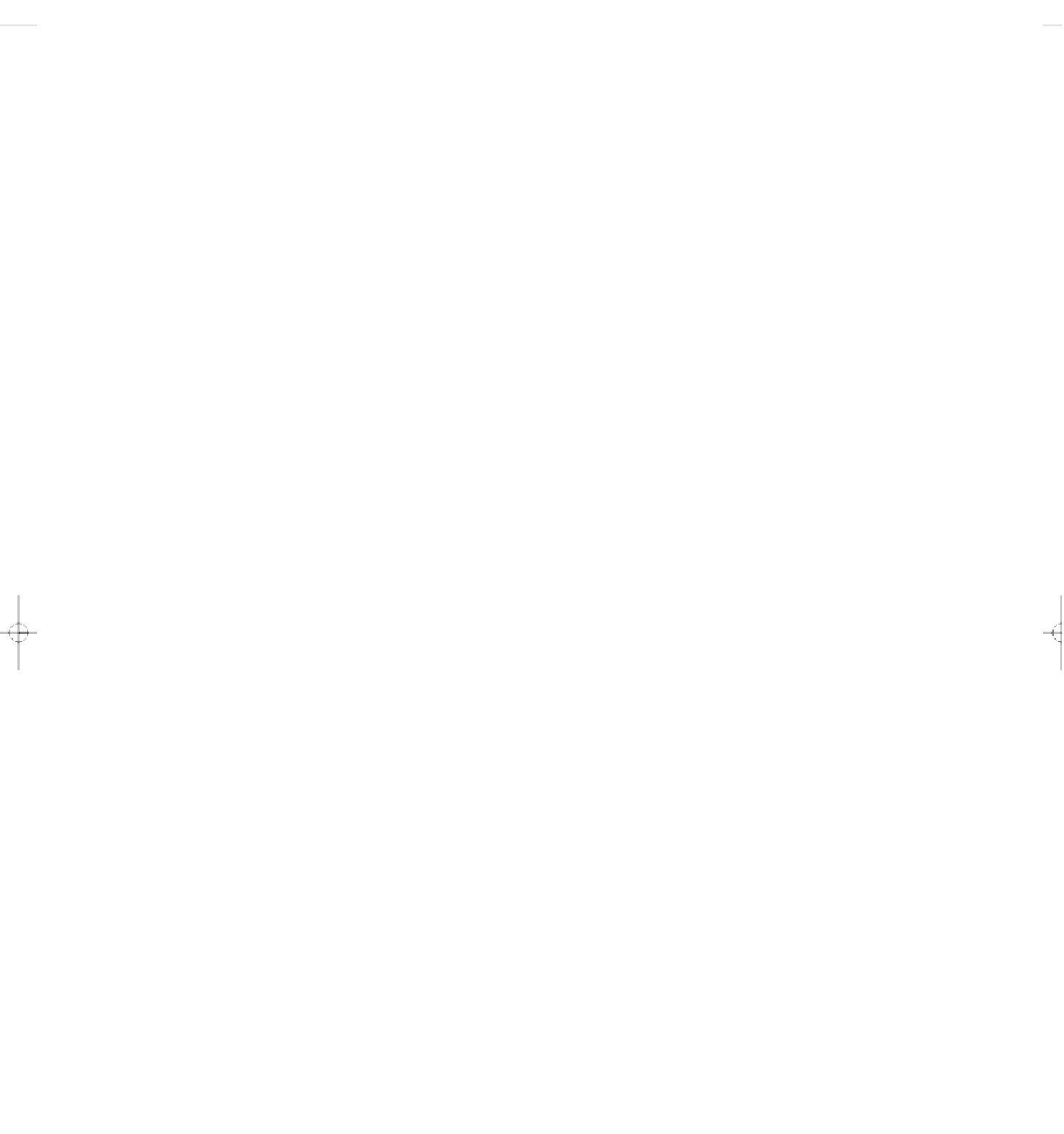Environmental Engineering Reference
In-Depth Information
We possess an incredible array of scientific, tech-
nological, and economic solutions to the environmen-
tal problems we face. Our challenge is to implement
such solutions by converting environmental knowl-
edge, wisdom, and beliefs into political action.
This requires understanding that
individuals mat-
ter.
Virtually all of the environmental progress we
have made during the last few decades occurred be-
cause individuals banded together to insist that we
can do better.
This journey begins in your own community, be-
cause in the final analysis
all sustainability is local.
We
help make the world more sustainable by working to
make our local communities more sustainable. This
endeavor begins with your own lifestyle. It is the
meaning of the motto: “Think globally, act locally.”
It is an incredibly exciting time to be alive as we
struggle to implement such ideals by entering into a
new relationship with the earth that keeps us all alive
and supports our economies.
Envision the earth's life-sustaining processes as a
beautiful and diverse web of interrelationships—a
kaleidoscope of patterns, rhythms, and connections
whose very complexity and multitude of possibilities
remind us that cooperation, sharing, honesty, humility,
compassion, and love should be the guidelines for our
behavior toward one another and toward the earth.
4.
What are the greatest strengths and weaknesses of the
system of government in your country with respect to
(a)
protecting the environment and
(b)
ensuring environ-
mental justice for all? What three major changes, if any,
would you make in this system?
5.
This chapter summarized several different environ-
mental worldviews. Go through these worldviews and
find the beliefs you agree with to describe your own en-
vironmental worldview. Which of your beliefs were
added or modified as a result of taking this course?
6.
Would you (or do you already) use the principle of
voluntary simplicity in your life? How?
7.
Explain why you agree or disagree with the following
ideas:
a.
Everyone has the right to have as many children as
they want.
b.
Each member of the human species has a right to
use as many resources as they want.
c.
Individuals should have the right to do anything
they want with land they own.
d.
Other species exist to be used by humans.
e.
All forms of life have an intrinsic value and there-
fore have a right to exist.
Are your answers consistent with the beliefs making up
your environmental worldview that you described in
Question 5?
LEARNING ONLINE
The website for this topic includes review questions for
the entire chapter, flash cards for key terms and concepts,
a multiple-choice practice quiz, interesting Internet sites,
references, and a guide for accessing thousands of
InfoTrac
®
College Edition articles.
Visit
http://biology.brookscole.com/miller11
When there is no dream, the people perish.
P
ROVERBS
29:18
CRITICAL THINKING
1.
Should we attempt to maximize economic growth by
producing and consuming increasingly more economic
goods? Explain. What are the alternatives?
Then choose Chapter 18, and select a learning resource.
For access to animations, additional quizzes, chapter out-
lines and summaries, register and log in to
2.
Suppose that over the next 20 years the current harm-
ful environmental and health costs of goods and services
are internalized until their market prices reflect their total
costs. What harmful and beneficial effects might such
full-cost pricing have on your lifestyle?
at
esnow.brookscole.com/miller11
using the access code
card in the front of your topic.
3.
List all the goods you use, and then identify those that
meet your basic needs and those that satisfy your wants.
Identify any economic wants
(a)
you would be willing to
give up,
(b)
you believe you should give up but are un-
willing to give up, and
(c)
you hope to give up in the fu-
ture. Relate the results of this analysis to your personal
impact on the environment. Compare your results with
those of your classmates.
Active Graphing
Visit
http://esnow.brookscole.com/miller11
to
explore the graphing exercise for this chapter.




